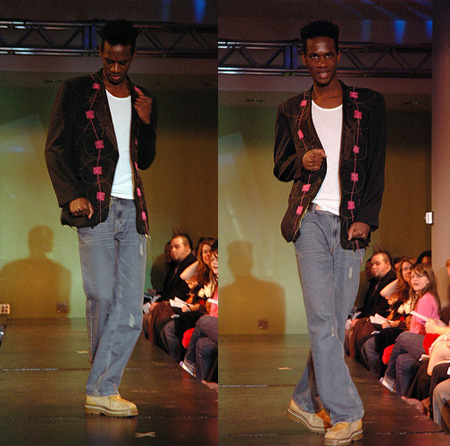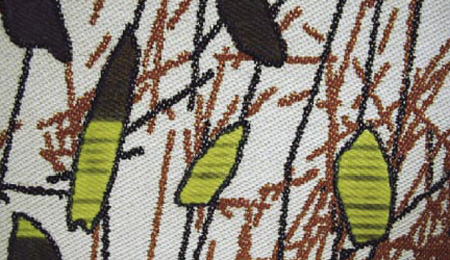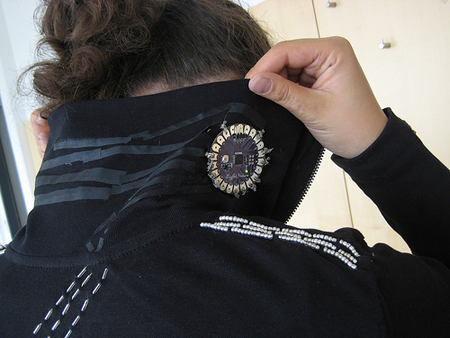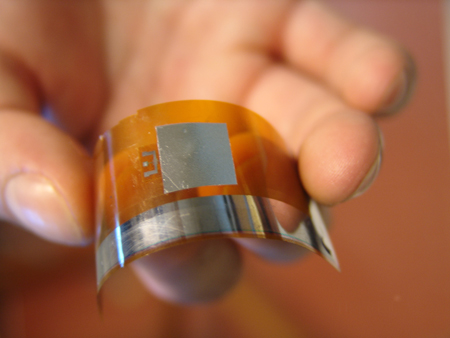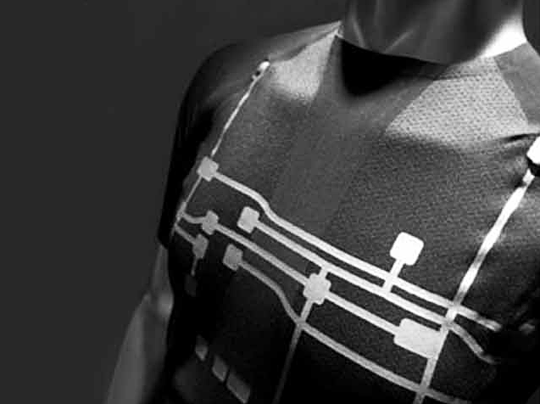 "All sorts of huge machines are used by hospitals to monitor a patient’s vitals, but with the pace in which technology is miniaturizing, there are no real doubts about fabrics becoming the next genuine machines...
"All sorts of huge machines are used by hospitals to monitor a patient’s vitals, but with the pace in which technology is miniaturizing, there are no real doubts about fabrics becoming the next genuine machines...
We’ve seen wearable technology on a maturing track, and the Vital Jacket is yet another case in point. Combining textiles with innovative medical diagnostic technology, BioDevices has unveiled this wearable vital-signs monitoring system." source
I love how this concept is both functional and aesthetically beautiful. They weren't shy about hiding the sensing materials and circuitry and use it as the main aesthetic element. As a runner who uses a hard-cased heart monitor, I would replace that with this product immediately. It provides freedom of movement and it's gorgeous.
For related postings, The Future of Things has a couple of interesting articles about bio-sensors integrated into clothing and the challenges inventors and designers are facing:
